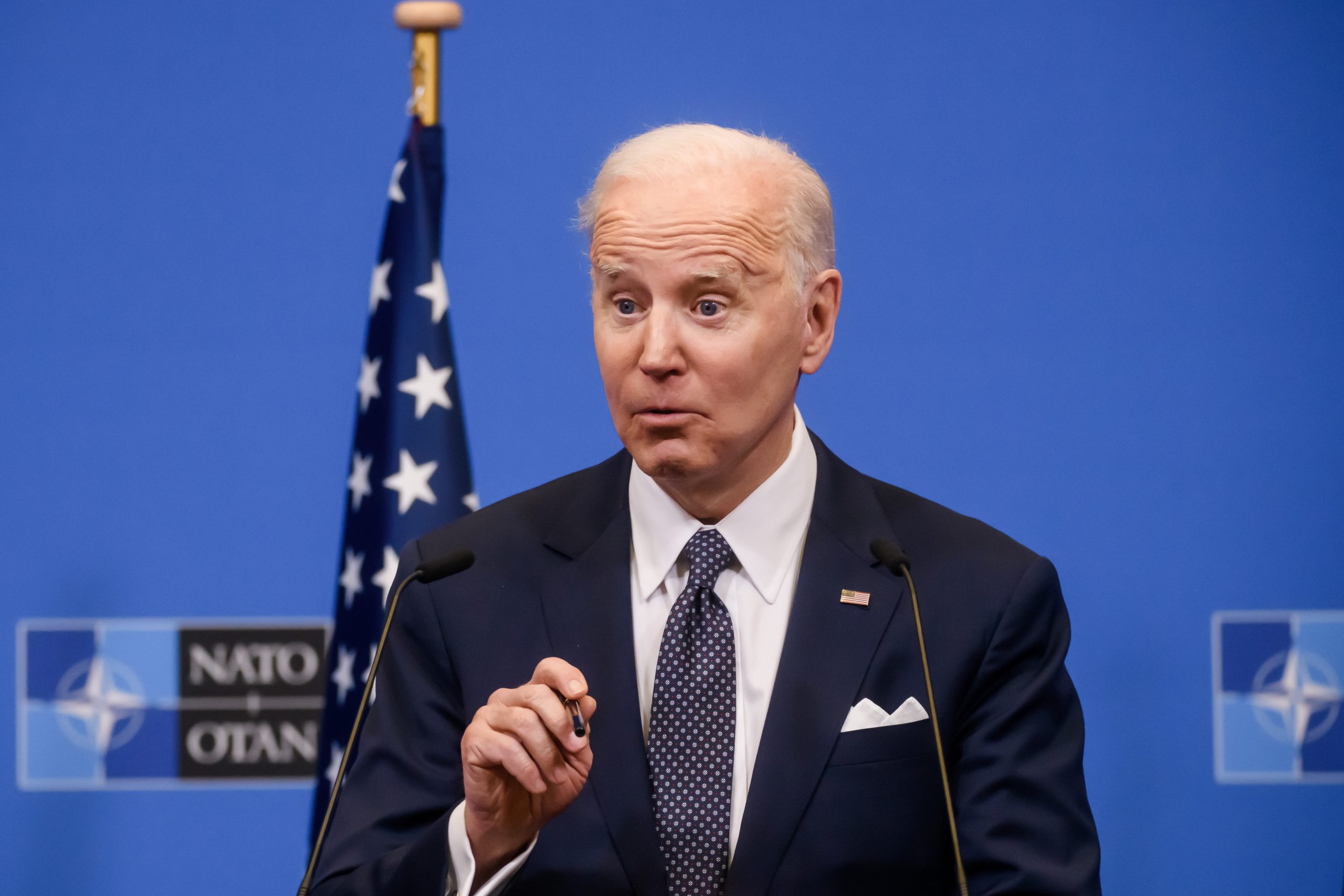Russia Reclaims Top Spot As Gas Supplier To Europe, Surpassing US

In a surprising development, Russia has once again become the primary gas supplier to Europe, overtaking the United States for the first time in nearly two years. This shift occurs despite Europe’s efforts to reduce its dependency on Russian energy following the invasion of Ukraine. The Financial Times reports that Europe’s imports of Russian gas increased in May, surpassing U.S. supplies.
The Central Institute for Statutory Health Insurance in Germany reviewed all the medical billing records from the nation’s health care providers for insured people between the ages of five and 24 diagnosed with gender identity disorders from 2013 to 2022.
One-off factors such as an outage at a major U.S. liquefied natural gas (LNG) export facility contributed to this change. Additionally, Russia increased its gas shipments through Turkey ahead of planned maintenance, which affected the supply dynamics. Despite significant sanctions and efforts to diversify energy sources, several European countries continue to rely on Russian gas, often skirting their own restrictions to secure cheaper energy.
Tom Marzec-Manser, head of gas analytics at consultancy ICIS, noted the surprising persistence of Russian gas in the European market. “It’s striking to see the market share of Russian gas and [liquefied natural gas] inch higher in Europe after all we have been through, and all the efforts made to decouple and de-risk energy supply,” he said.
Following Russia’s invasion of Ukraine in 2022, Europe significantly increased its imports of U.S. LNG, which accounted for about 20% of the region’s supply by 2023. However, in May, Russian-piped gas and LNG constituted 15% of the total supply to the EU, UK, Switzerland, Serbia, Bosnia and Herzegovina, and North Macedonia, while U.S. LNG accounted for 14%, its lowest level since August 2022, according to ICIS data.
This increase in Russian gas imports comes despite ongoing efforts by several EU countries to impose stricter sanctions on Russian energy. While some experts believe this shift might be temporary, others warn it underscores the complex nature of Europe’s energy dependency. Marzec-Manser mentioned that the current trend might not last as Russia could redirect its LNG supplies to Asia via the Northern Sea Route during the summer.
Additionally, the transit agreement between Ukraine and Russia is set to expire this year, potentially disrupting gas flows through Ukraine. This situation might prompt Europe to strengthen its sanctions or explore alternative energy sources more aggressively.
The European Commission is currently supporting efforts to expand the capacity of pipelines in the Southern Gas Corridor between the EU and Azerbaijan. However, a senior EU official noted that the current supply through this route is insufficient to replace the 14 billion cubic meters of Russian gas flowing through Ukraine annually.
EU Energy Commissioner Kadri Simson raised concerns about LNG being diverted from Europe to meet Asia’s demand during a trip to Japan this month. She emphasized that both regions should pursue energy-saving measures and established an “early warning system” to monitor LNG shortages. “Our gas storage remains at record high levels [and] our gas demand stabilized at record low levels, down 20% compared with 2021,” Simson added.
Ironically, Europe’s high gas storage levels can be attributed to the continued import of Russian gas, highlighting the ongoing challenges in reducing dependency on Moscow for energy supplies.
























